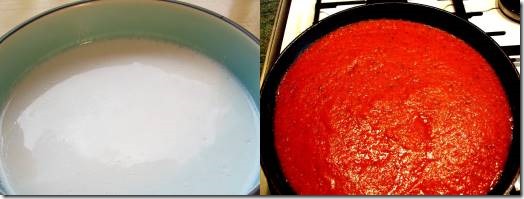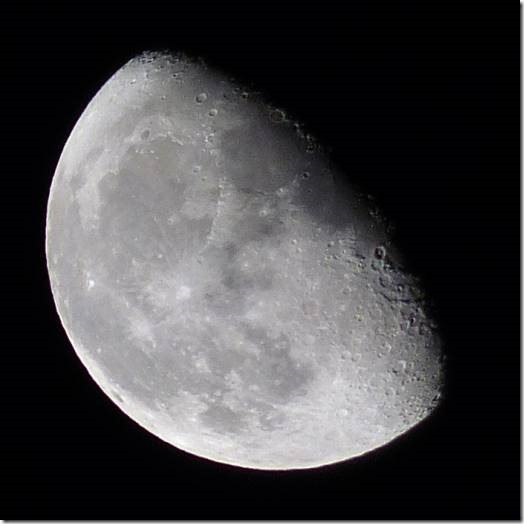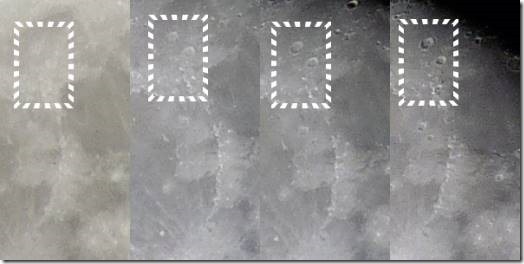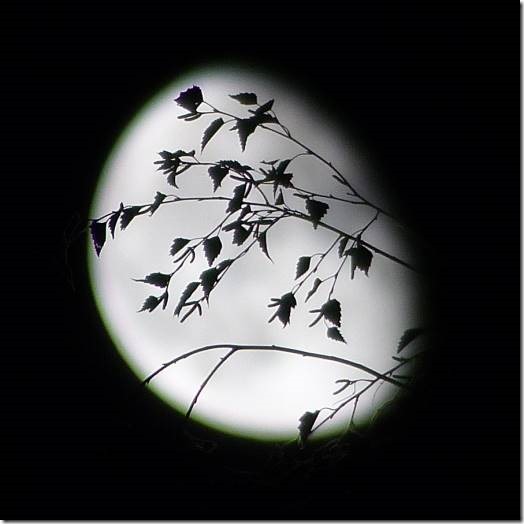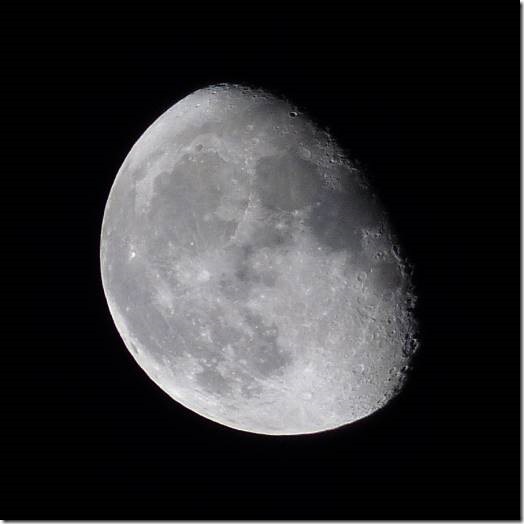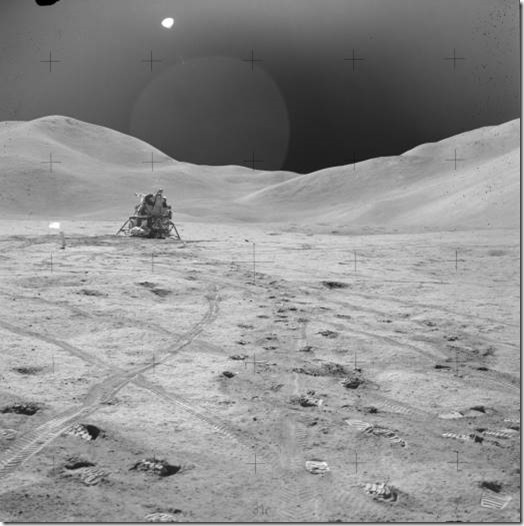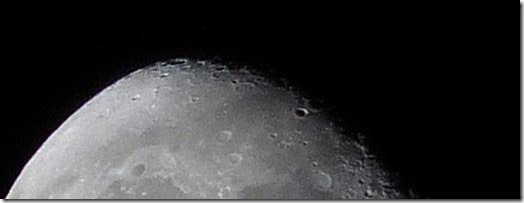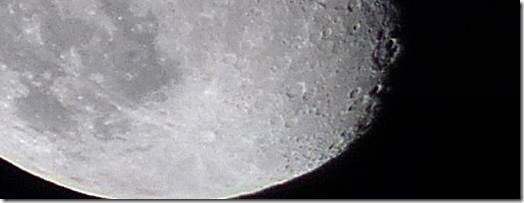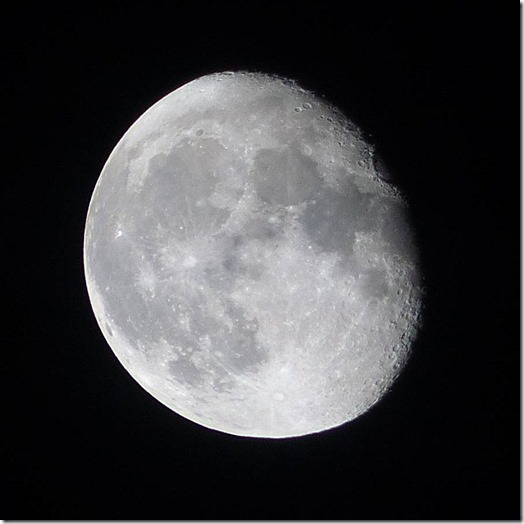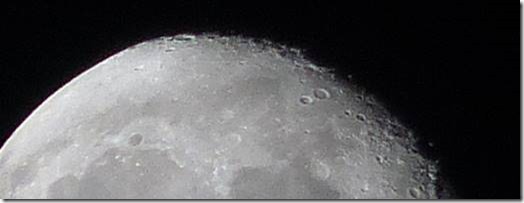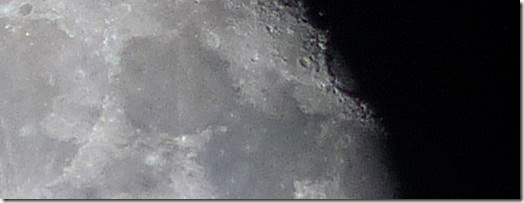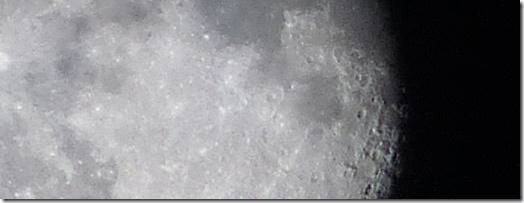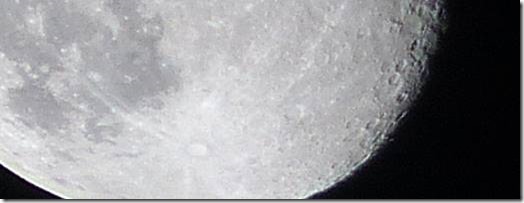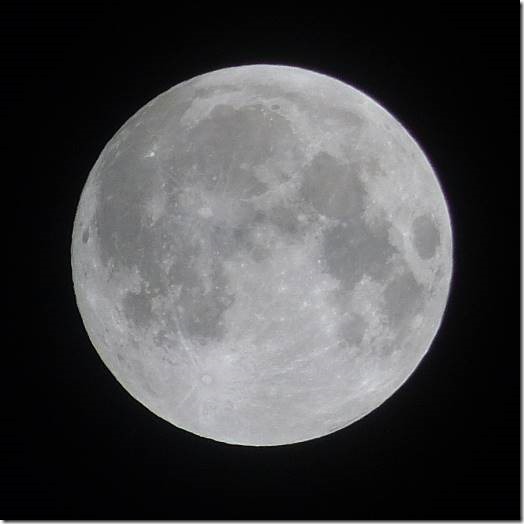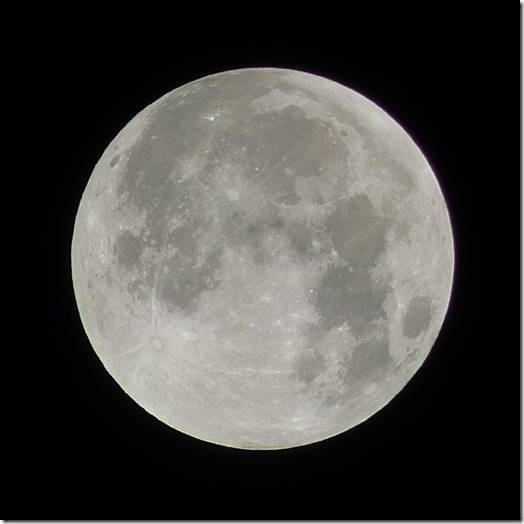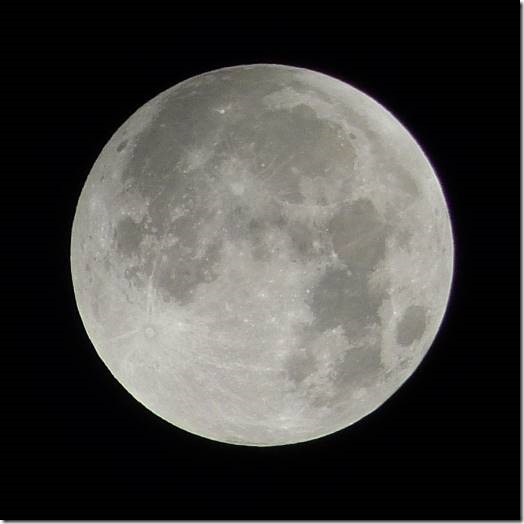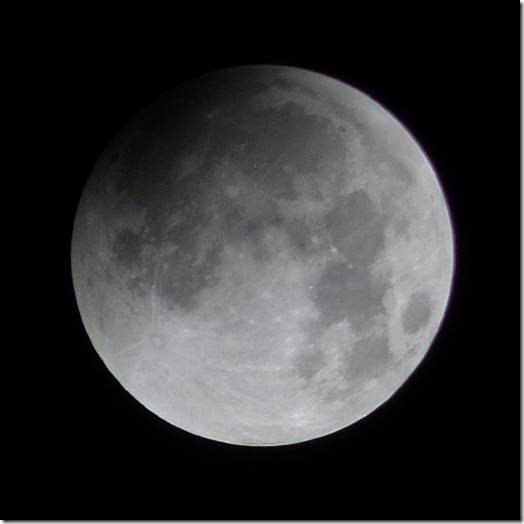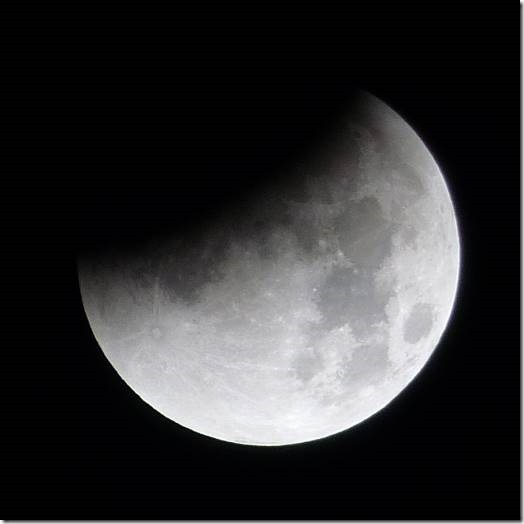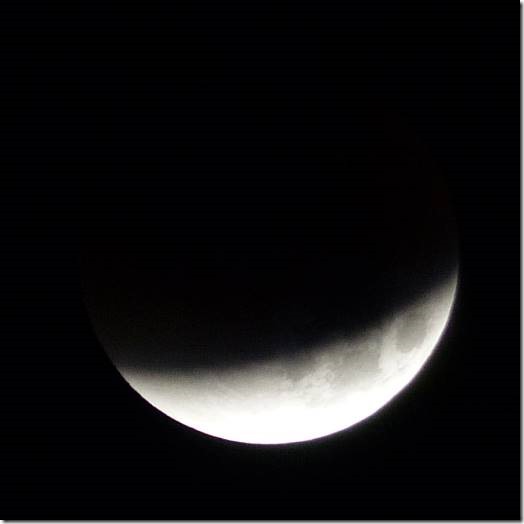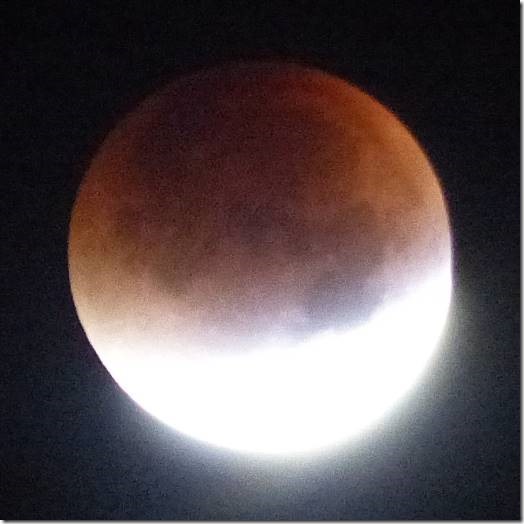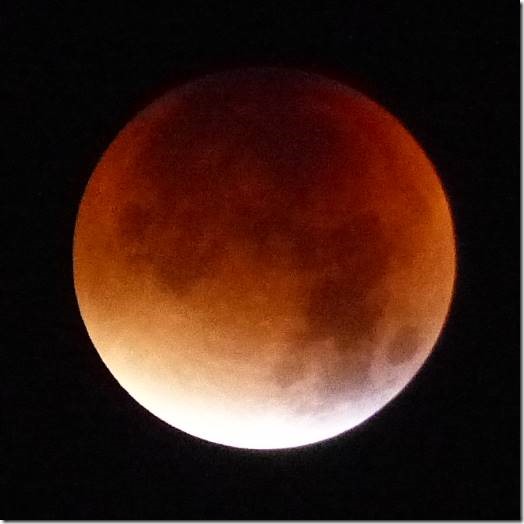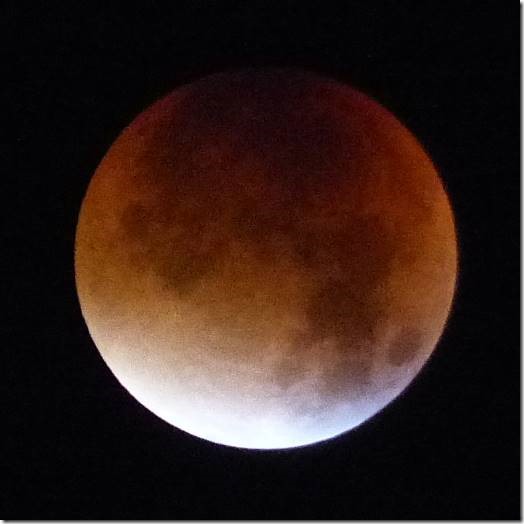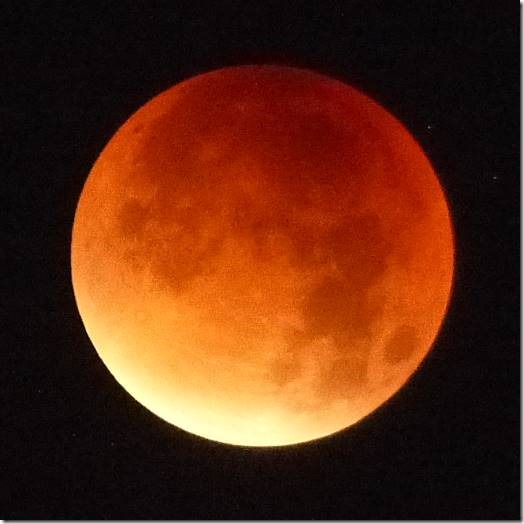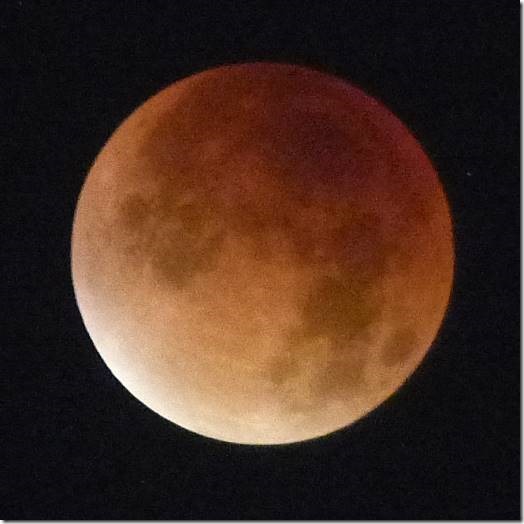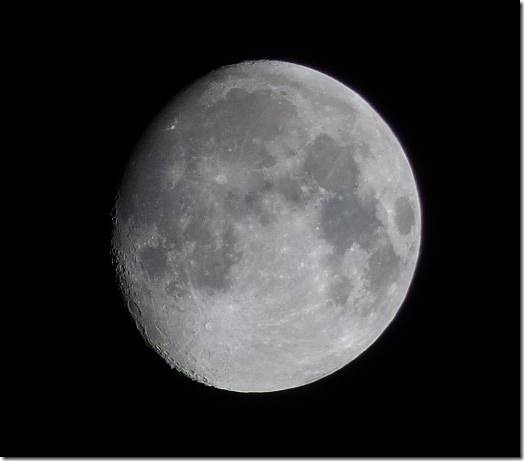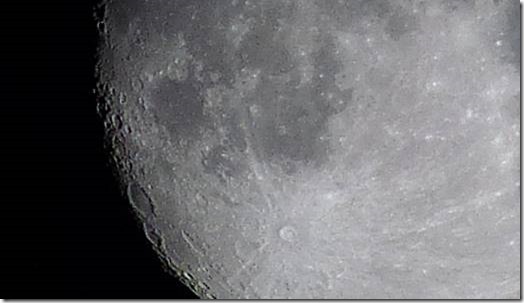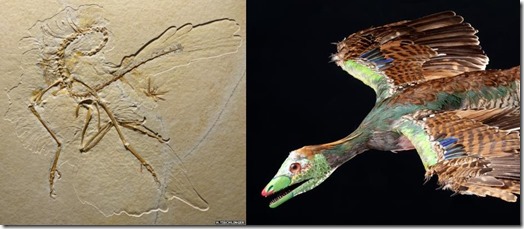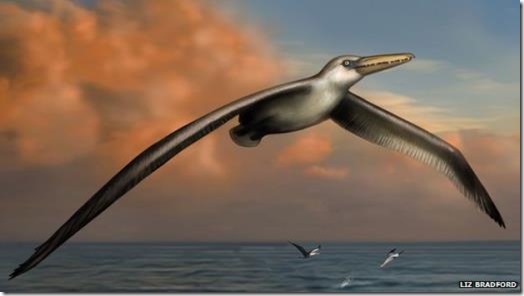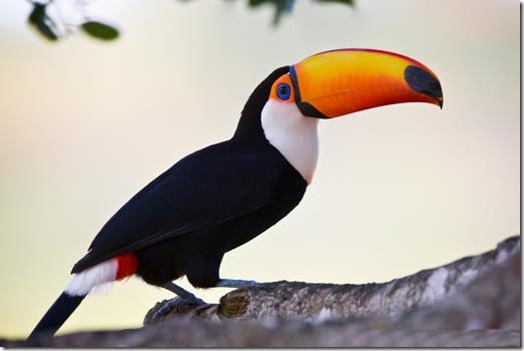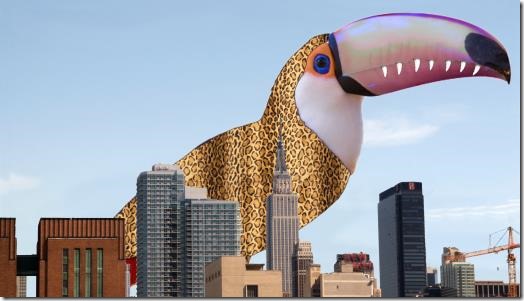
I saw this on the news this morning. Zoo keepers – sorry, “officials” – shot dead a gorilla in a zoo in Cincinnati, after a four-year-old boy climbed through a barrier and fell into a moat.
The gorilla made no threatening moves towards the boy, and was shot as a precaution (hey, this is America, right?) The gorilla, who was named Harambe, was a western lowland gorilla – a critically-endangered species.
No mention is made of the boy’s parents, who really are the ones who should have been in the guns’ sights. What the hell were they doing letting a four-year-old run loose and allowing him do something so ridiculously stupid? And what does it say about the job they’ve done of bringing him up if he was dumb enough to behave this way?
When I was four I wouldn’t have been allowed to run around like that, and especially not in a zoo. And since I can remember when I was four, I wouldn’t have tried to climb into an animal enclosure – my parents would have told me not to, and I would have listened.
Buy hey! This IS America, right?
And it seems I’m not the only one who thinks the child’s parents need a damned good talking to.
